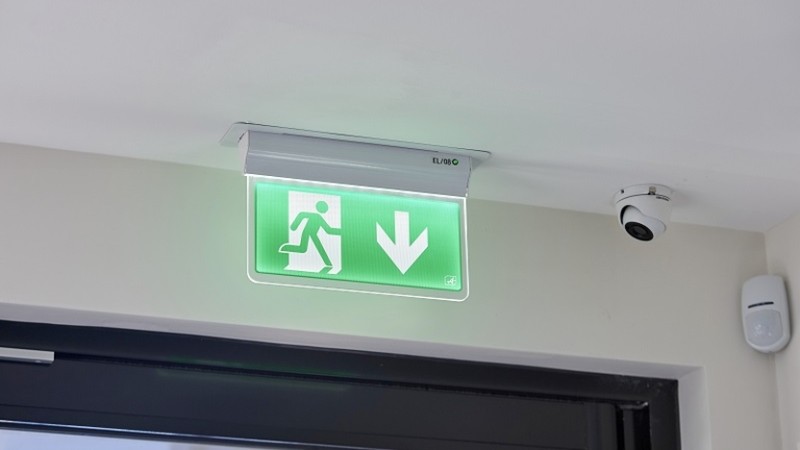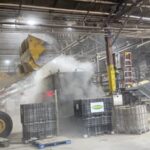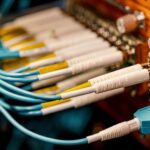Illuminating Safety: A Guide to LED Emergency Bulkheads
When it comes to ensuring the safety and security of a building, especially in emergency situations, having proper lighting is crucial. LED emergency bulkheads are an essential part of any emergency lighting system, providing reliable illumination when needed most. In this guide, we will explore what LED emergency bulkheads are, the difference between maintained and non-maintained versions, and why they are so important for your building’s safety.
What are Emergency Bulkheads?
LED emergency bulkheads are a type of light fixture specifically designed for use in emergency situations. They are typically wall or ceiling mounted and feature a battery backup that kicks in during power outages. This ensures that even if the main power source fails, the emergency bulkhead will continue to provide illumination, helping occupants safely navigate out of the building. LED lights are preferred for emergency lighting due to their energy efficiency, long lifespan, and bright output.
Maintained Vs Non-Maintained
Maintained and non-maintained are two common types of LED emergency bulkheads. Maintained versions operate as regular light fixtures that are always on, powered by both the main electricity supply and a backup battery. These are commonly used in areas where continuous lighting is required, such as stairwells or corridors. On the other hand, non-maintained LED emergency bulkheads only activate during a power outage or emergency situation. This helps conserve energy and prolongs the life of the battery.
When choosing between maintained and non-maintained LED emergency bulkheads, consider the specific needs of your building. If you require constant illumination in certain areas, such as fire escape routes or exits, maintained versions may be more suitable. However, if you want to minimise energy consumption and only need lighting during emergencies, non-maintained options may be more cost-effective.
LED emergency bulkheads play a critical role in ensuring the safety of building occupants during emergencies such as fires or power outages. By providing reliable illumination when needed most, they help prevent panic and confusion while guiding people towards exits or safe zones. Regular maintenance and testing of LED emergency bulkheads are essential to ensure they function properly when required. Make sure to follow manufacturer guidelines for testing intervals and replace batteries as needed.
Conclusion:
In conclusion, LED emergency bulkheads are an indispensable part of any building’s safety measures. By understanding what they are and the difference between maintained and non-maintained versions, you can make informed decisions about which type is best suited for your building’s needs. Investing in high-quality LED emergency bulkheads not only ensures compliance with safety regulations but also provides peace of mind knowing that your occupants have reliable illumination during emergencies. Remember to regularly test and maintain your LED emergency bulkheads to keep them in optimal working condition at all times.






